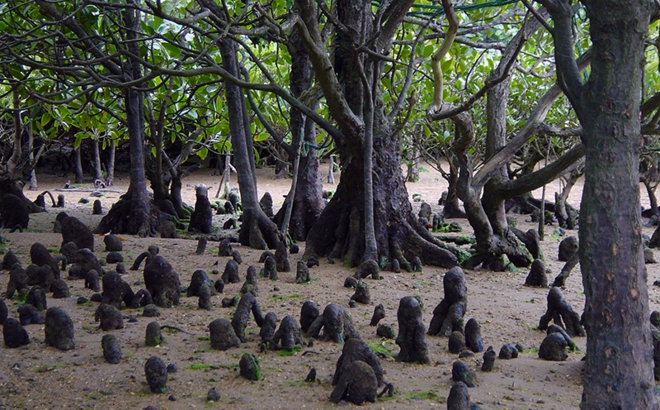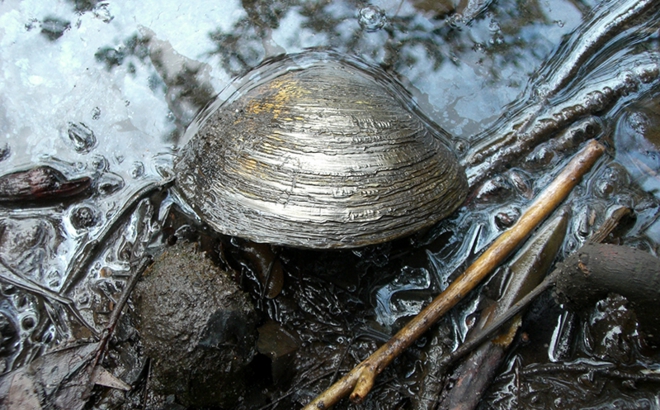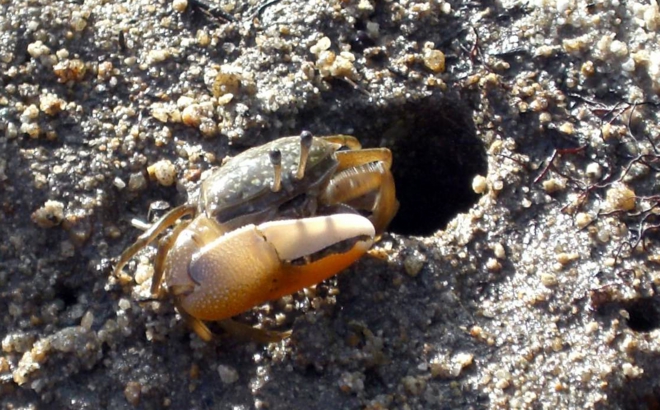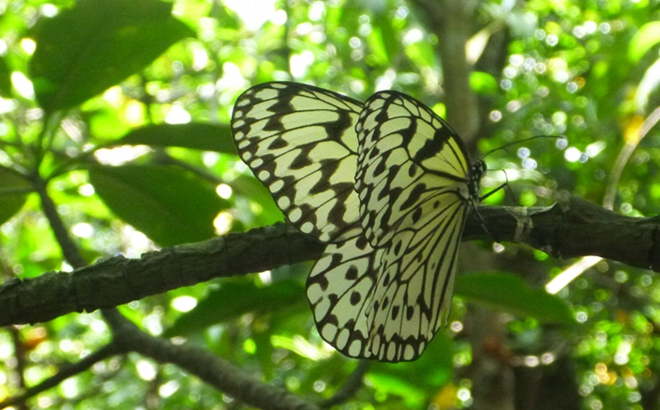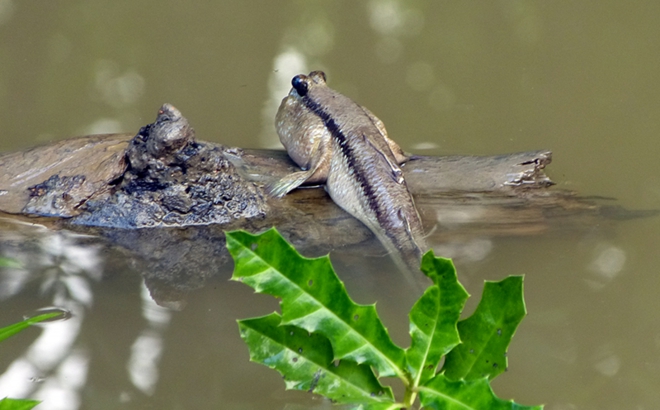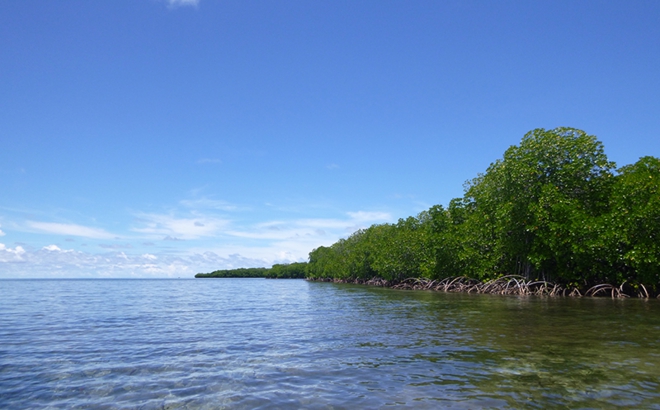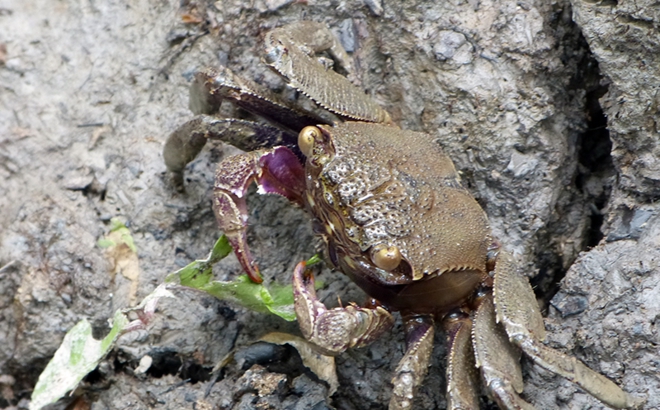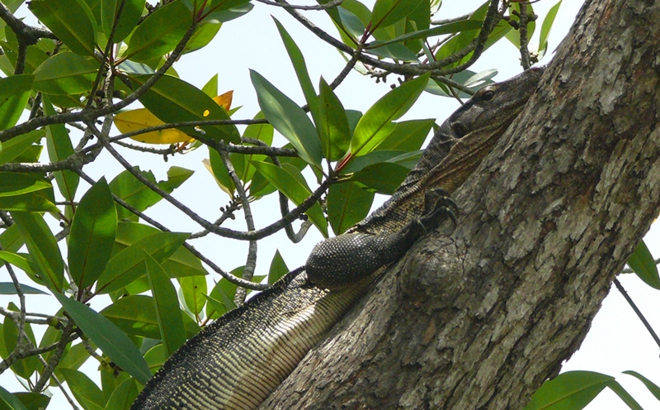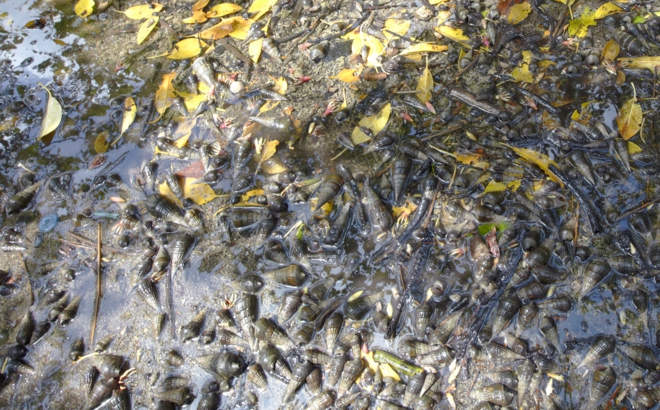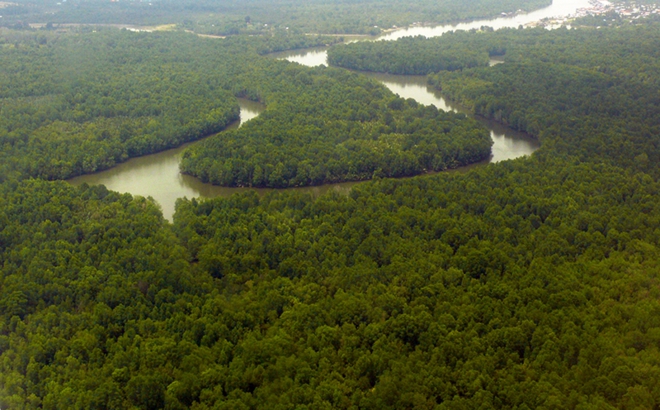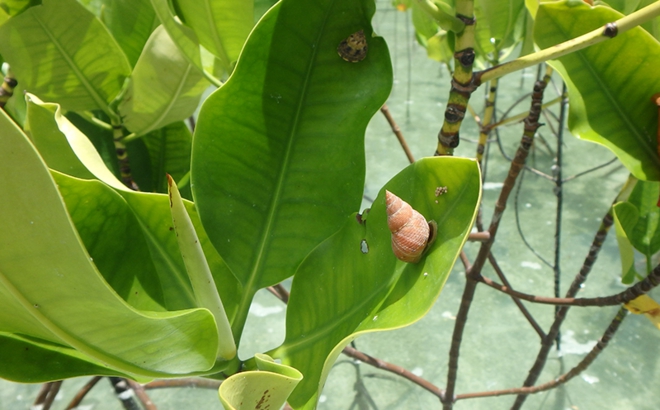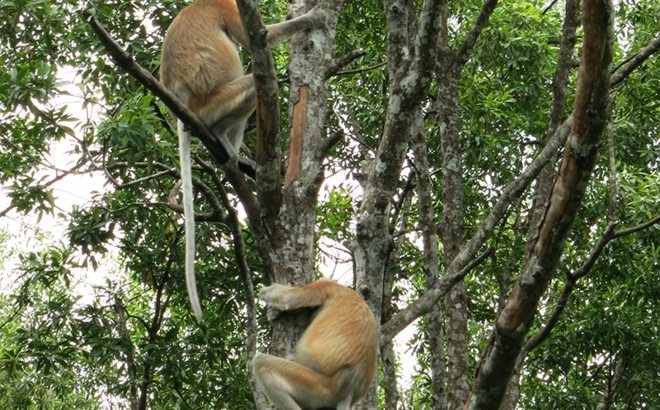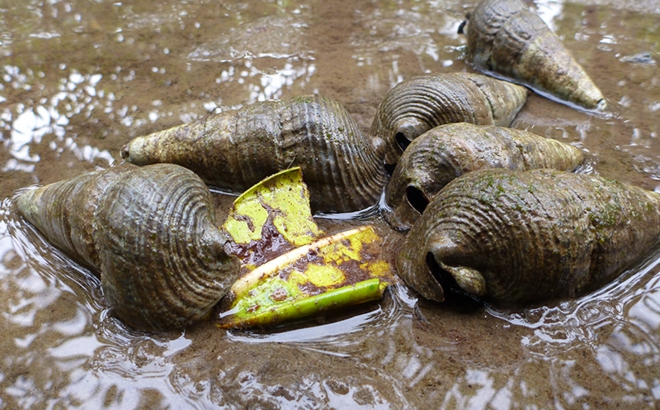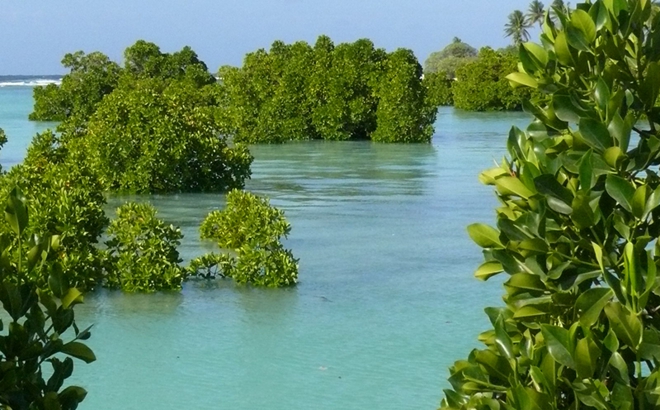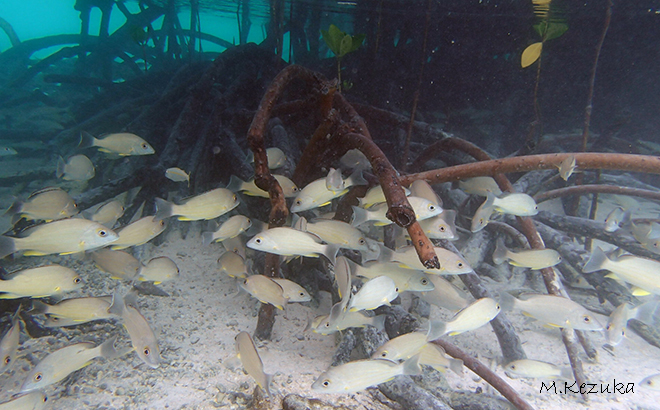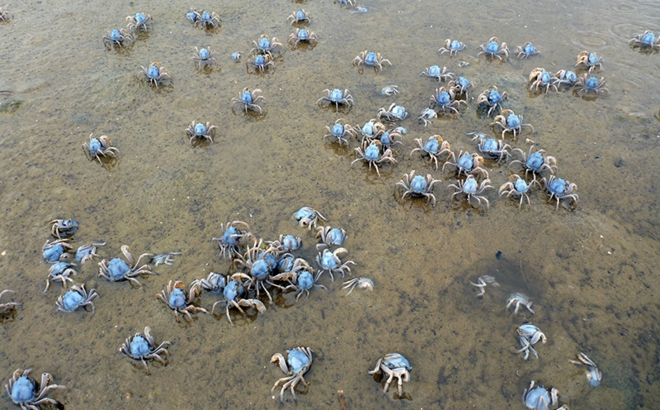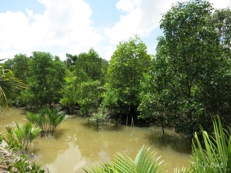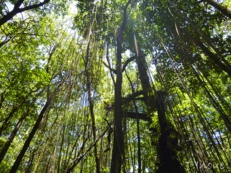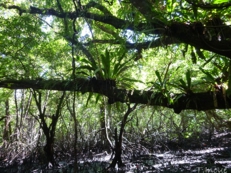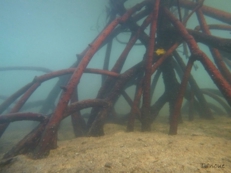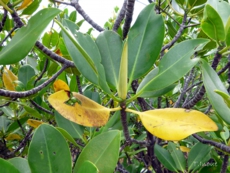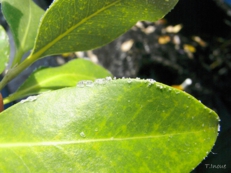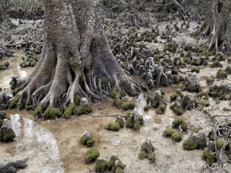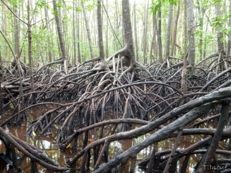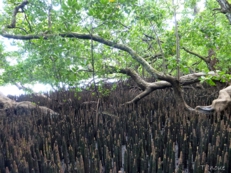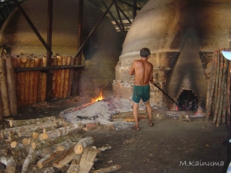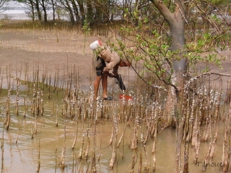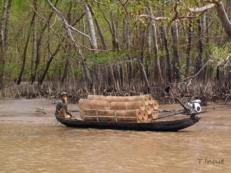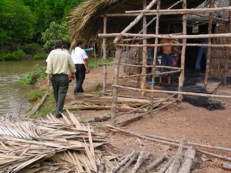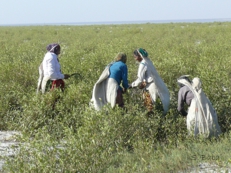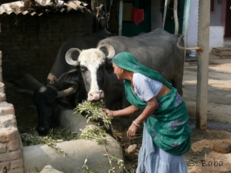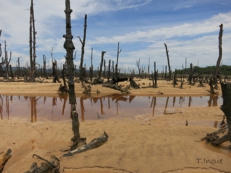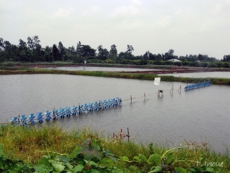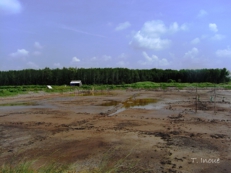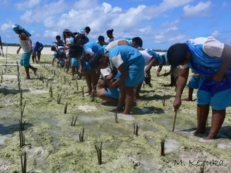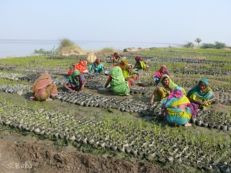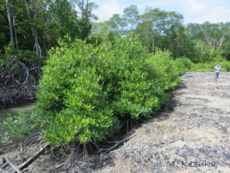About Mangroves
Mangrove ecosystems
Mangrove ecosystems are rich in biodiversity. The ecosystems are supported and maintained by both flora and a large array of living things, which include mammals, birds, fish, crustaceans, shrimps, insects and microbes. Many fish and birds use mangrove forests as their nursery ground: for feeding and nesting. Insects, birds and mammals often serve as pollinators and seed dispersers. A major part of the mangrove food web is driven by detritus. For example, crabs and mollusks eat fallen leaves and viable propaglues and so recycle nutrients back into mangrove systems through ingestion and burrowing. Understanding and conserving adjacent ecosystems, such as those of seagrasses and coral reefs is also important for integrated ecosystems. To conserve the high levels of biodiversity, it is important to protect or sustainably manage mangrove forests.
Mangrove plants and their adaptation to unique environments
Mangrove plant communities consist of trees, shrubs and ferns growing in tropical and subtropical intertidal coastal zones. The environment in which mangroves grow is harsh, with high salinity; often waterlogged; and has anaerobic soil conditions. As survival mechanisms, mangroves have developed morphological, physiological and/or reproductive strategies to adapt to such environments.
These adaptations include:
- Adapting to salinity through salt exclusion at the root endodermis; deposition in roots and bark; disposal through leaf senescence; and secretion via salt glands.
- The development of aerating roots such as stilt roots, pneumatophores, knee roots and buttress roots, which provide important structural support and supply oxygen to roots.
- The formation of lenticels in aerial roots to promote gas exchange.
- The development of vivipary or propaglues, a term which refers to seeds that germinate and produce a seedling while attached to the parent tree. The species of Rhizophoraceae is most emblematic of this, an adaptation which enables plants to establish growth much faster than would be possible when growing from seed.
Mangrove plants change their shape to adjust to their living environments by means of a number of adaptive systems. In areas where seawater is diluted by rainfall or freshwater from rivers or groundwater, some species grow up to 60 m in height; whereas under high aridity and salinity conditions, a limitation of the number of mangrove species is observed and the species grow as dwarf or scrub trees.
The value and use of mangroves
Mangrove ecosystems provide a wide range of goods and services to human communities living in coastal areas, and also wider communities, both locally and globally. Resources include wood and non-wood forest products, fishery resources, food and fodder, medicine, coastal protection, biofiltration, recreation, ecotourism, etc. In addition, mangroves are known to sequester a substantial amount of carbons, especially below-ground, when compared with other forest systems.
Many local coastal communities depend on mangrove wood and marine products for their livelihoods. In many countries mangrove timbers are used for poles and construction materials, as well as for fuelwood and charcoal production. Studies continue to confirm the significant role played by mangroves in coastal protection, in particular the stabilizing effect of their complex root systems to reduce erosion.
Threats to mangroves
Mangroves have been exploited by local communities throughout the world. However, the unsustainable use of mangroves and their resources has resulted in a dramatic loss of trees particularly in the past few decades. The main causes of such loss are the same worldwide: direct conversion of mangrove areas to urban and industrial developments, and their use for agriculture and aquaculture. Conversion of mangrove areas to shrimp farms is widely observed in South East Asia and South America which has led to a loss of over 50% of their mangrove areas.
As a consequence, not only are valuable mangrove ecosystems lost, but the natural protection functions of coastal areas are lost, increasing vulnerability to disasters such as hurricanes, cyclones and tsunamis, and susceptibility to coastal erosion. Once lost, it takes much longer (more than 30 years) for restoration, and even then it is impossible to restore the complete floristic diversity and the biodiversity of such areas.
Conservation and Management
There is increasing recognition of the importance of mangroves worldwide and efforts have been made for sustainable management of mangrove ecosystems. Policy, legislation and management plans are generally developed at national levels, which helps to prevent the variable extent of mangrove loss. Designation of national and international protected areas could be another approach (see the mangrove distribution maps).
Restoration and afforestation of mangroves are also conducted in a number of countries worldwide through national, international and non-government organizations, helping ecosystem services to recover in degraded areas or areas where no mangroves were grown previously. Prior research and planning for various aspects such as gaining knowledge of suitable mangrove species and facilitating an understanding of geomorphological and tidal conditions of the planting sites are needed for the success of such activities.
As mangroves are known for their efficient carbon sequestration function, Reduced Emission from Deforestation and Degradation (REDD+) projects have the potential to promote conservation.

